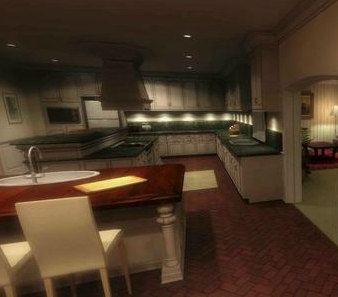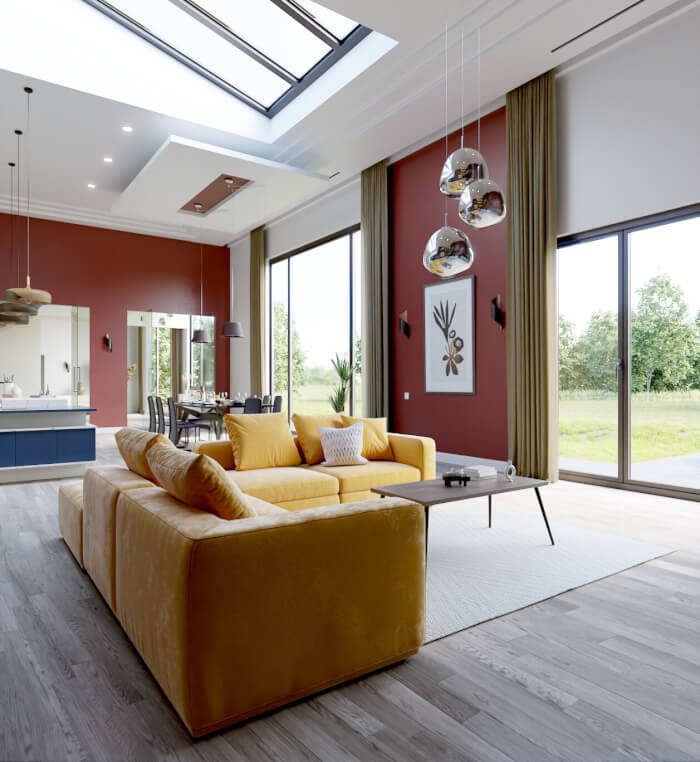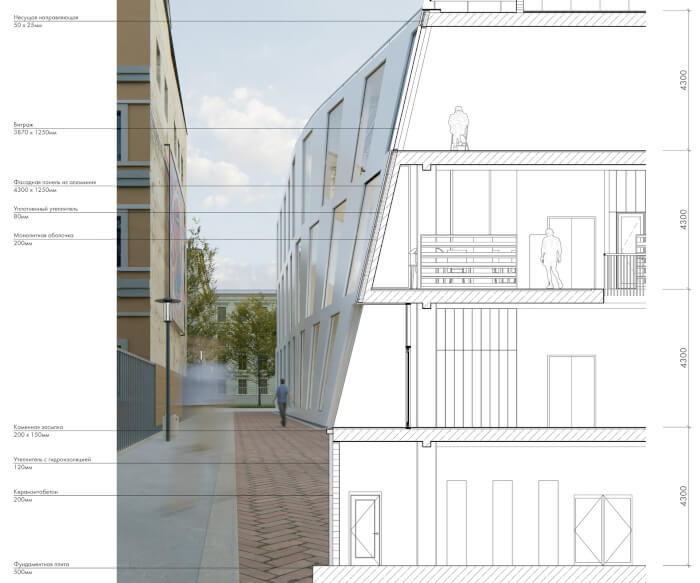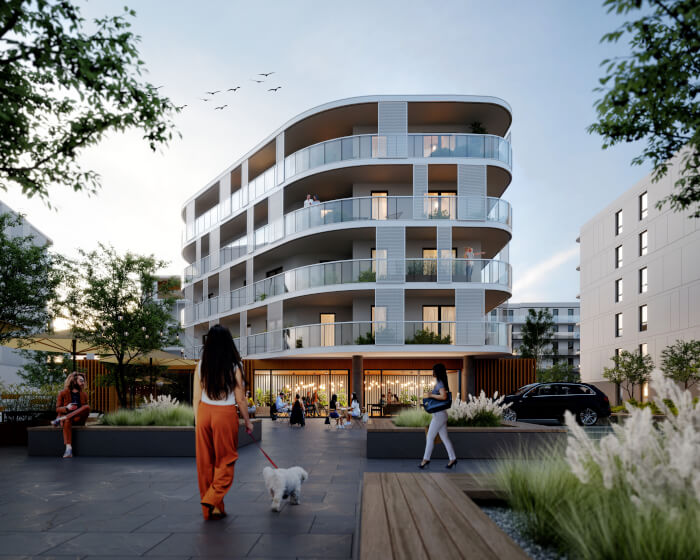
What do you think about the future of architectural visualization? How people will produce animations and visualization using really powerful hardware? Well, we can already see some glimpses of this future today, when we look at how technology aimed to create games, can be used for architectural visualization. Look at the example below, where we can watch a demo of an interactive animation created using Unity 3D and that shows an architectural project, but it looks like a game.
The quality of the animation is really good, if we take in consideration that this is a real-time application. One of the things that make me like Blender even further is that we can create visualization like the one below using the Blender game engine.
What about you, do you think that this is the future of architectural visualization?






Unitiy 3D is one of the best engines: Easy to use, very powerfull and high quality images.
The engine works on a webbrowser, this means you are completely independent from any operationssystem.
In Unity you can im import Blenderfiles.
I don’t know, but I guess the Blenderengine will not achieve the advantages above ?
Kind regards
Alain
I think you’re right, Allan. It is a prospect that I am pretty excited about. Unfortunately, landscape will be the most difficult feature to implement and require the most processing power due to the complexity of vegetation. It’s only a matter of time, though.
Yes this is the future of architectural visualization, not just for that, game engine can be used for every kind of visualization and interactive content or presentation.
I certainly believe in the potential of doing architectural visualization more and more in real-time. But it depends on your audience. A good pre-rendered movie can still be convincing, if it is not a thrill ride in a theme park, with swooshing camera animations.
Tools like Blender, Unity3D, UDK and CryENGINE are all available for custom creation and authoring of these animations. What is more, you can (at least with some of these platforms) publish to a website or a smartphone and have anybody visit the building at their own pace and tempo. And this is key!
Any new or renewed design is hard to decipher by somebody not accustomed with interpreting blueprints (digital or not, 3D or 2D) and a real-tlme visit that is prepared well (with enough clues to find your way, with some radar-view of the whole, with pop-up information) can open up the place.
And it also gives feedback to the designer, to be able to experience (almost) first-hand how a design could function in reality.
I would even go as far as saying that photo-realism is nice, but not necessarily a must. Considering effort and effect, sometimes going a little more stylized and abstract can be sufficient.
i am using blender myself here and there but i would not overestimate the program in its current state.
so i doubt “we can create visualization like the one below using the Blender game engine.” render quality, handling many objects and textures without losing track are still problems in my opinion.
apart from that i am not sure if clients are willing to pay for realtime applications. compared to visualizations they are really expensive to create and hard to present. a classical print advert might reach much more people than some realtime app hidden somewhere on the web.
Hi Allan,
the clip you show is truly amazing. Every customer of mine wishes something like this to see what these strange lines on the paper will look like in reality and walk through the dream he had for years.
The goal should be: sitting on a desk with your customer, showing him a clip/walkthrough like this (or even let him go through himself!) and then edit it in realtime with immediate results. We`re close to that as we can see.
But as long as this is not integrated in modern parametric drawing applications (ArchiCAD, AutoCAD, Nemetschek, …) it is a nice feature that no architect can afford to learn, because of the time it takes. Most of the time you need a QUICK viz of the project you`ve done, no time for crazy stuff. And not every small office can afford a professional viz-artist. It remains a feature for big and well funded projects.
Regards from Germany
Erik
same as my house, but my dining room a bit bigger
@erik:
what do you think how much is your customer willing to pay for you to apply changes in real time compared to lets say three days of working on a classical visualization?
I want create simple interior designer in bge.
If one want to share their ideas and knowledge, write on my e-mail :
qkasz1@wp.pl
Greetings,
Lukas M